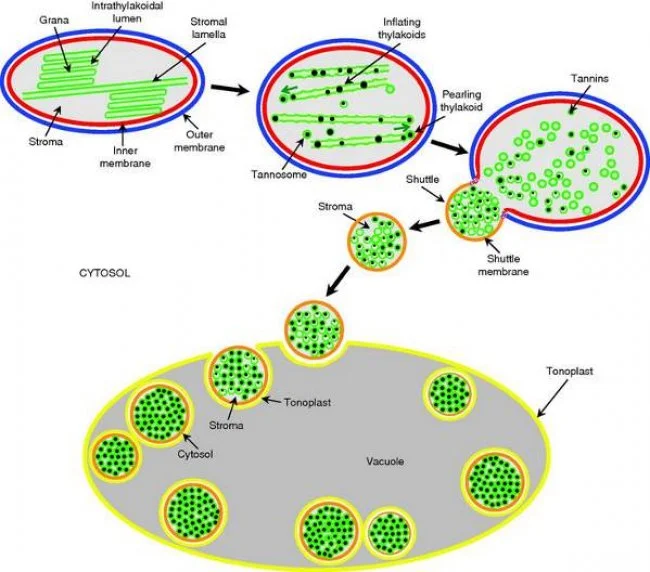A final rinse after cleaning and sanitising with low-quality water that contains bacteria, or is too hard for chemical to be effective could be putting your wine at risk when it doesn’t have to be. By using high quality water in your winery operations, you can minimise contamination risk, without significant financial expenditure. There are two principal considerations to take into account to assess water quality - water hardness and potability.
Is peracetic acid putting your wine at risk?
Sanitation is important. We strongly recommend that every winery implements high quality sanitation protocols. Good hygiene through a fully built cleaning agent and a sanitiser (that won’t taint wine) will reduce the risk of unwanted bacteria yeast and microbes taking hold in your wine. Ultimately it protects your investment. Chemical products used in the cellar for cleaning and sanitation that taint wine increase the likelihood of wine spoilage through human error.
Wine opinion: why some aromas are better left out of the bouquet
Advancing the frontline against Brett
In the fight against Brett, winemakers need to have access to the best technology possible. For many years now, the Australian Wine Research Institute (AWRI) has been developing cutting edge technology, and engaging in 'on the ground' communications work to bring this technology to Australian producers.
The scourge of Brettanomyces and the need for sanitising.
Over the past few years Brettanomyces or Dekkera (Brett for short) have been spreading rapidly throughout wineries in Australia causing much unwanted wine taint, specifically in the form of volatile phenols or ‘sweaty leather’. Brett yeasts are a natural component of the winemaking process, which makes it almost impossible to eliminate completely and unsurprisingly they find themselves in winery air, on cellar walls, drains, pumps, transfer lines and other pieces of equipment.




